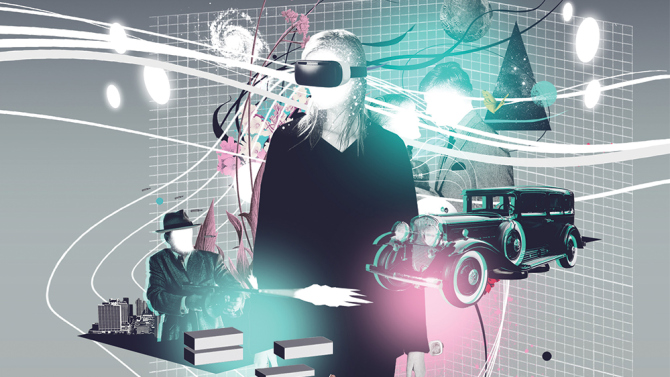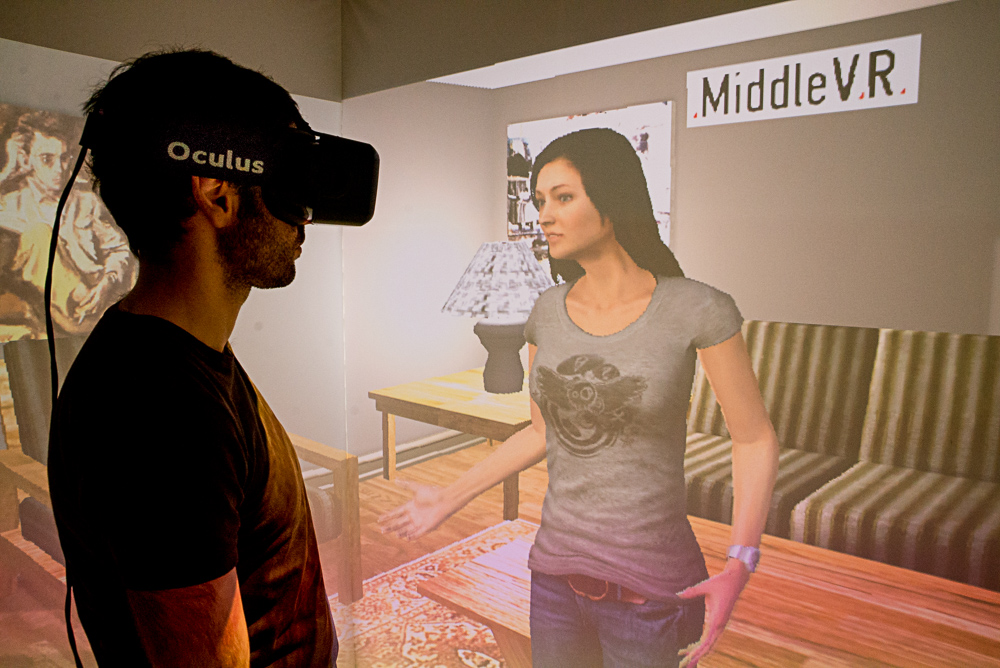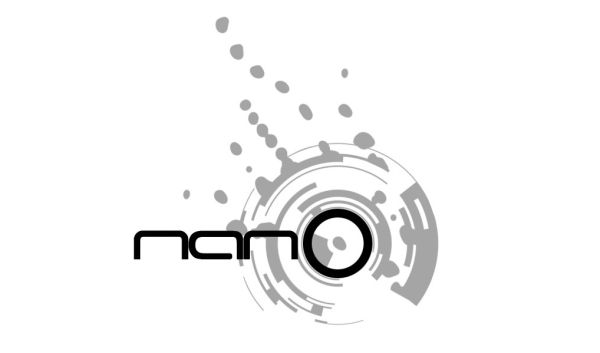The world has seen enough of 2D images; it has also had the taste of 3D models. Graphics, to some extent, have also contributed to creating close-to-real experiences. And, so the next obvious thing is to make virtualization move closer to tangibility. Bridging the gap between virtual and real has been a passion for innovators for quite some time. As a result of this curiosity to make both the worlds meet, the concept of Virtual Reality has started occupying attention in the rounds of discussions held amongst innovators. How to make people experience what they are about to get in the shape of a service or a product, how to make sales pitch more advanced and how to support it tangible facts – all such questions find their answer in virtual reality. Virtual Reality’s acclivitous growth contributes not only to the gaming industry but also enhances overall customer Experience.
Virtual reality means that not only eyes and ears, but the entire body should be able to receive and experience the message that comes from any interface. For example, imagine yourself going to visit a new city. If you get to experience the feel and look of that city in advance, you can make your travel choices more wisely. Thus, the augmented reality model of the city equipped with the features like sound, space, temperature and moving people can offer you a better advantage in terms of knowing how to pack things for that city. Also, you may choose the way to travel more precisely once you know the topography of the place in a tangible manner. Such ‘feel-the-way-things-are’ type of marketing effort is anytime better than what we witness in the present times. This is the reason why virtual reality is seen as the next big thing in building a delightful customer experience.
VR technology and education
Models in the schools are a common thing used to explain concepts. If the models are made to experience with the help of VR tools, the students are likely to remember these for long and would have a better understanding. Goggles and suits that are capable of delivering the ‘real’ experience are already in the market; guided virtual reality tour is going to make education more and more effective in meeting the purpose.
VR technology and gaming
The internet world is flooded with funny pictures of the people falling while playing on VR platforms. This shows how involved the person is while playing games when he is given a VR experience. The gaming industry is surely going to witness an all-time boost as playing will not be restricted to clicking a few keys only. The player will be given gadgets so that the whole body will be in motion, delivering close to real life experience and eventually enhancing the engagement factor in the game.
Marketing efforts and VR
The email campaigns are going to get a classy companion in the form of apps that help integrate VR into the marketing efforts. There will be an added flavor of experimentation in marketing campaigns, allowing the promoters to give first-hand experience of the product or service they are going to buy. The 3D models of real estate projects can be made more realistic by offering a virtual reality tour of the site to the prospective buyers, helping them understand the physical and psychological aspects of the project better.
The main purpose of bringing virtual reality into action is to make believe the customer what they cannot visualize in advance the things that are due to take tangible form. Enhancement of conceptualization and a better understanding of vision are two main benefits that would be leveraged to the fullest to make products and campaigns surrounding them more happening. How the users of VR technology would manage cost involved in creating this experience is going to decide the feasibility and acceptability of this tool.














